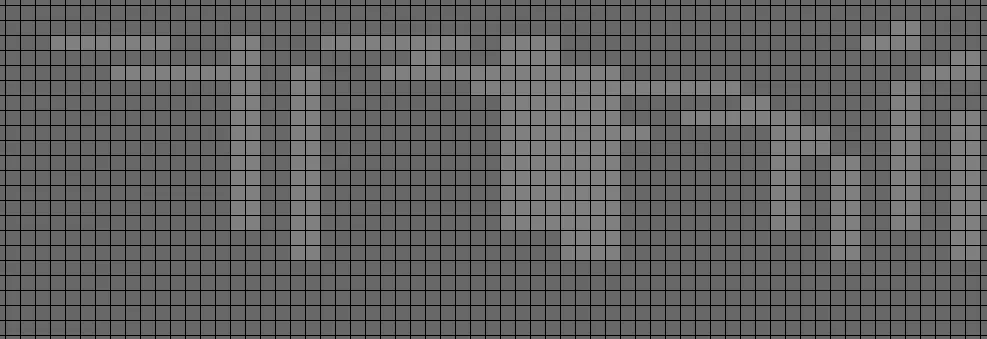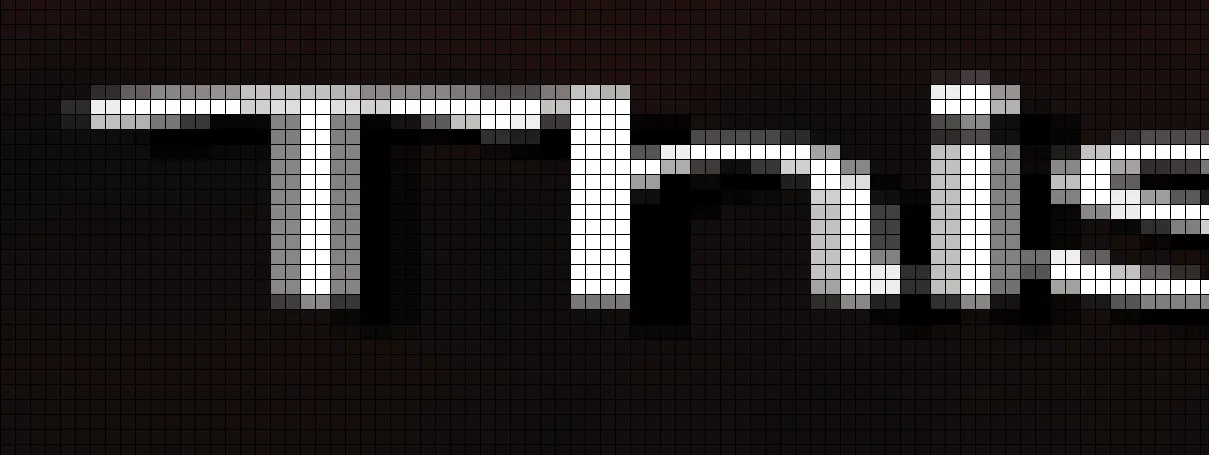Alpha Testing Gs World
Today, we will discuss the alpha testing feature of the GS. The feature is very basic but awful to emulate. Yet again, GS capability is 10 miles ahead of current GPUs.
Let's first look at the graphics pipeline to understand what alpha testing is. The main purpose of the graphic rendering pipeline is to compute thecolor of a pixel. But the color isn't enough if you want to render a 3D scene. Standard renderers use a Z-buffer, also called a depth buffer. They are based on a pixel test (note: they ought to be called fragment tests). It is really easy; If the test fails (pixel is rendered behind the current one), you discard the color depth value. If the test passes (pixel is rendered above the current one), you update both, color and depth values.
In order to allow special effects, extra pixel tests were added to the graphic pipeline, alpha testing is one of them. This time, instead of testing the value of the Z buffer, it will test the value of the alpha channel (aka transparency) of the fragment.
Newer GPUs don't havea hardware unit to implement this feature anymore. But it can be easily implemented in the fragment shader. Not a big deal.
Here is an example of GLSL code:
if (fragment.alpha > alpha_reference)
discard;
Everything is fine but there is a subtlety; On the GS you can only discard either the color OR the depth. Whereas modern GPUs will discard both, color AND depth. Argh...
Gabest implemented a 2 pass shader to handle it. First pass will only process the pixel that passes the alpha test and update both color and depth. That's easy, no complex discarding. The second pass will process the pixel that failed the alpha test. The color (or depth) write will be masked and only the depth (or color) will be kept. In other words, you need to split in 2 fragments that are partially discarded.
It works fine (except for the performance impact of using 2 draw calls to handle a single draw) for most games. However some games don't like it, such as Burnout or Gran Theft Auto.
Note: the example below is a special case of alpha testing. Alpha testing can be configured in multiple ways on the GS. You can control the alpha test operation but also the part that will be discarded.
The nightmare
So what happens is that the above reasoning of the 2 pass shader seems correct but it is based on the assumption that color and depth pixel operations are commutative. For example, a good case is a blending addition: Color Final = Color Source + Color Destination. You can process pixels in any order. However the reverse subtraction (Cd - Cs) blending isn't commutative. Let's take an example. Color initial = 0 Color fragment1 = 30 Color fragment2 = 100
Addition C1 then C2 => Color Final = C2 + (C1 + C0) = 100 + (30 + 0) = 130 Addition C2 then C1 => Color Final = C1 + (C2 + C0 )= 30 + (100 + 0) = 130
R-Subtraction C1 then C2 => Color Final = C2 - (C1 - C0) = 100 - (30
-
- = 100 - 30 = 70 R-Subtraction C2 then C1 => Color Final = C1 - (C2 - C0 )= 30 - (100
-
- = 30 - 100 = -70 (which will be clamped to 0)
Now that blending is explained, we can go back to the Burnout / GTA games. Bingo, those games use operations that aren't commutative. So the previous 2 pass shader doesn't work.
Some info on the Burnout bad draw call * Depth test: greater or equal * Alpha test: discard depth if alpha greater than AREF * Blending equation: C = Alpha Src * Color Src + (1 - Alpha Src) * Alpha Destination
Screenshots (of the game Kengo, but it is the same) can be found at the end of the blog
A solution
Color isn't commutative. Neither is Depth... Too bad. Looking further in the primitive in that draw call, I noticed that the Z value is constant at 0xFF_FFFF. It is the maximum value of the 24 bits depth buffer. In other words, depth tests are always passing as it will always be greater or equal than the current value. So the depth test could be replaced by always true. As a bonus, it allows a small micro optimization of the GPU work. However, it is interesting to note that the depth test operation is now commutative and can be executed in any order.
Now let's look further to the alpha test, only the depth value depends on the alpha test results. Colors will always be computed as the depth test will always pass. So we can implement a new way to emulate the alpha testing. As previously mentioned, the goal is to avoid partial discards.
First pass will process all the colors with associated blending. Second pass will process the depth value. First pass doesn't depend on the alpha valueanymore so it is easy to emulate. Second pass will mask all color writes. Depth writes will be discarded when the alpha test fails. As you can see, you don't have any partial discards anymore. The result is accurate because it doesn't depend on the depth test anymore, due to the previous optimization.
Looking further
Debugging the trace log further, I found another opportunity to optimize the alpha test. Alpha tests are free on the GS, so I suspect some game designers forgot to disable it even if it is useless. Sometimes alpha testing is enabled but there isn't any depth buffer to use it with. In this case alpha testing is useless because all depth writes are already disabled. So we have another opportunity for a new micro optimization. We'll do a normal rendering in 1 pass with a lighter shader when alpha testing is useless. It is really a minor optimization but it comes free. We all like it when it is free
Looking even further, it would be possible to rely on some undefined behavior of openGL to implement partial discards. For example, we can force the depth write before the execution of the fragment so a discard will keep the depth. It won't help here but it could help for other alpha test issues. More tricks will be possible with future hardware, however I don't know the performance impact.
The conclusion
To conclude, alpha test emulation isn't nice on current GPUs. It requires multiple shader passes, which impact performance. And worst of all, it isn't accurate. Let's be honest, the new improvement barely solves any issues. But it is better than nothing. It fixes the text rendering in some games without any speed impact. And the extra optimization will reduce the GPU workload on some draw calls. It's rare for us to be more accurate and faster simultaneously. Now you can enjoy beautiful text rendering in God of War, Grand Theft Auto, Kengo, Burnout, Stuntman, HSG4 and hopefully more.
Some screenshots of the alpha test issue
Here is an example of the rendering of letters.
* The alpha channel rendering of the old code after the 1st pass

* The alpha channel rendering of the old code after the 2nd pass (yeah
awful)
* Now the color channel after the 2nd pass (notice the various holes
due to wrong alpha blending)

* Finally the alpha & color channel of the new code (alpha is much
nicer and the letters as well)

